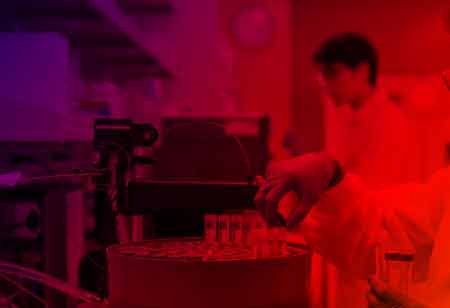Medical waste management is a challenge for healthcare facilities all over the world; trash disposal accounts for 10-20 percent of a facility's annual budget. According to the WHO, around 85 percent of all waste generated is non-hazardous, while the remaining 15 percent is infectious, poisonous, or radioactive.
Fremont, CA: While non-hazardous medical waste poses fewer issues, the risks and challenges of hazardous medical waste management must be carefully considered, as incineration or open burning of dangerous medical waste can result in hazardous pollutants such as dioxins and furans being released into the atmosphere.
As a result, steps must be taken to ensure the proper disposal of hazardous medical waste, particularly in developing countries, to avoid harmful environmental or biological consequences.
Health Hazards
Because of the toxic bacteria, biologically hazardous waste can be a source of illness; those most at risk are hospital patients, hospital employees, and health workers. The scenario, however, has the potential to be damaging to the broader public. Chemical burns, air pollution, radiation burns, and toxic exposure to dangerous pharmaceutical products and compounds, such as mercury or dioxins, are all possible hazards, particularly during the trash incineration process.
Check Out This: Chemical Tech Services

